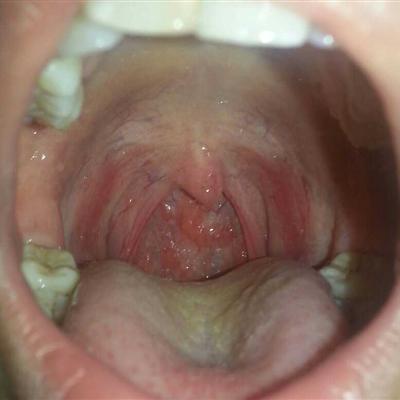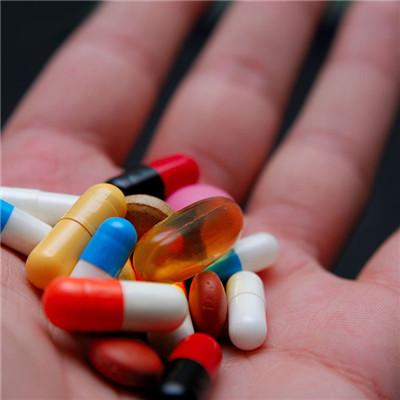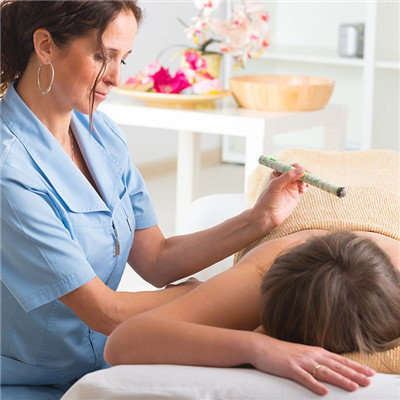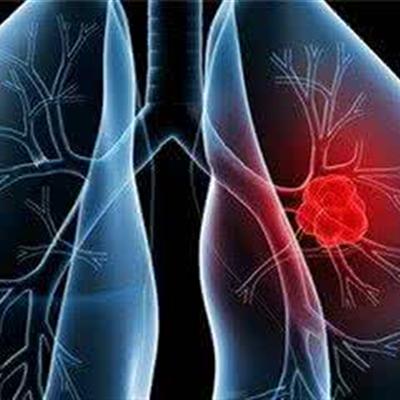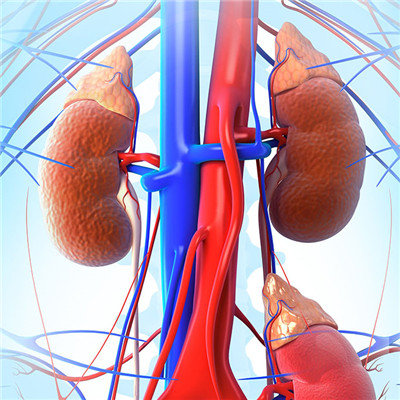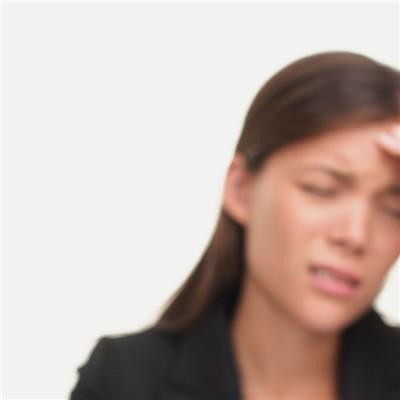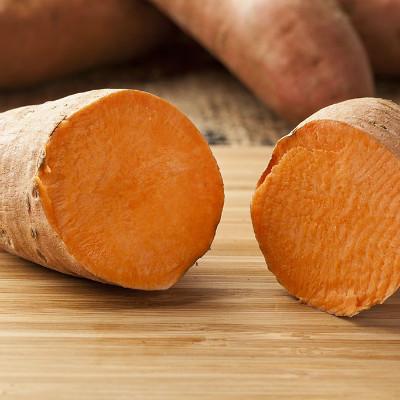What are the symptoms of parapsoriasis?
summary
Parapsoriasis is a group of relatively rare chronic skin diseases, the etiology is not completely clear. The clinical manifestations were erythema, papules, infiltration, squamous lesions, and the conscious symptoms were mild. The diagnostic terms and classification of this group of diseases used to be confused. At present, they are classified as: parapsoriasis guttata, parapsoriasis varioliformis, parapsoriasis lichenoides, small plaque parapsoriasis Large plaque type of parapsoriasis. Each type has different lesions and morphological changes.
What are the symptoms of parapsoriasis?
1. Drip type of parapsoriasis is more common in children and young people, about 2 / 3 of them are male. There was no obvious conscious symptom. Most of the lesions were infiltrative macular or macular papules with the size of reddish or reddish brown needle to nail cap, covered with thin scales, smooth and without bleeding spots. The lesions were scattered in the trunk, limbs and so on, but rarely in the head, palms, soles and mucous membranes. After about 3-4 weeks, the lesions gradually flattened and subsided, leaving temporary hypopigmentation spots, but there are still new rashes, so the new and old lesions can be seen at the same time. The course of disease is slow, generally about half a year can gradually subside, also several years do not heal, but the health is not affected.

2. Lichenoid parapsoriatic lesions are some small flat papules with miliary to rice grains similar to lichen planus. The color is bright red at first, and gradually turns to yellow red, dark red or purplish red. The surface is covered with thin gray white scales, forming reticular patches. Later, the lesions gradually atrophy, with telangiectasia and punctate pigmentation, which is similar to the lesions of vascular atrophic skin heterochromatosis. Most of them are located on both sides of the neck, trunk, limbs and breast, rarely on the face, palms and soles and mucous membrane. It may be callose in hand and foot. After a very slow process, it can remain unchanged for many years. The symptoms are not obvious, but if itching occurs, it is often a sign of transformation to mycosis fungoides. It should be noted that once the development of mycosis fungoides, itching and reduce or disappear.

3. Large plaque type of parapsoriasis is more common in middle-aged and elderly men, with mild symptoms. The lesions are well-defined plaques, large in size from coin to palm, variable in number, with mild infiltration. The color is bright red or yellow red at the beginning, and dark red or dark purplish red gradually. The surface is covered with a small amount of scales, which is not easy to peel off, and there is no punctate bleeding. The lesions may be leopard like in appearance or arranged in line with the ribs. Most of the cases occurred in the proximal part of the trunk and limbs, and the head, face, hands and feet could be involved occasionally. The course of the disease is slow and generally does not subside naturally. Lichenoid hypertrophy or atrophy after long illness, similar to the appearance of skin heterochromatism. Ackerman thinks that this is the plaque stage damage of mycosis fungoides.

matters needing attention
4. The lesions of small plaque type of parapsoriasis are pink to yellowish red, oval or long, scattered in patches or thin patches, often fingerprint like patches, covered with a little scale, 1-5cm in diameter. Symmetrical distribution in the trunk and proximal limbs. There was no obvious conscious symptom. The general health of the patients was not affected.
